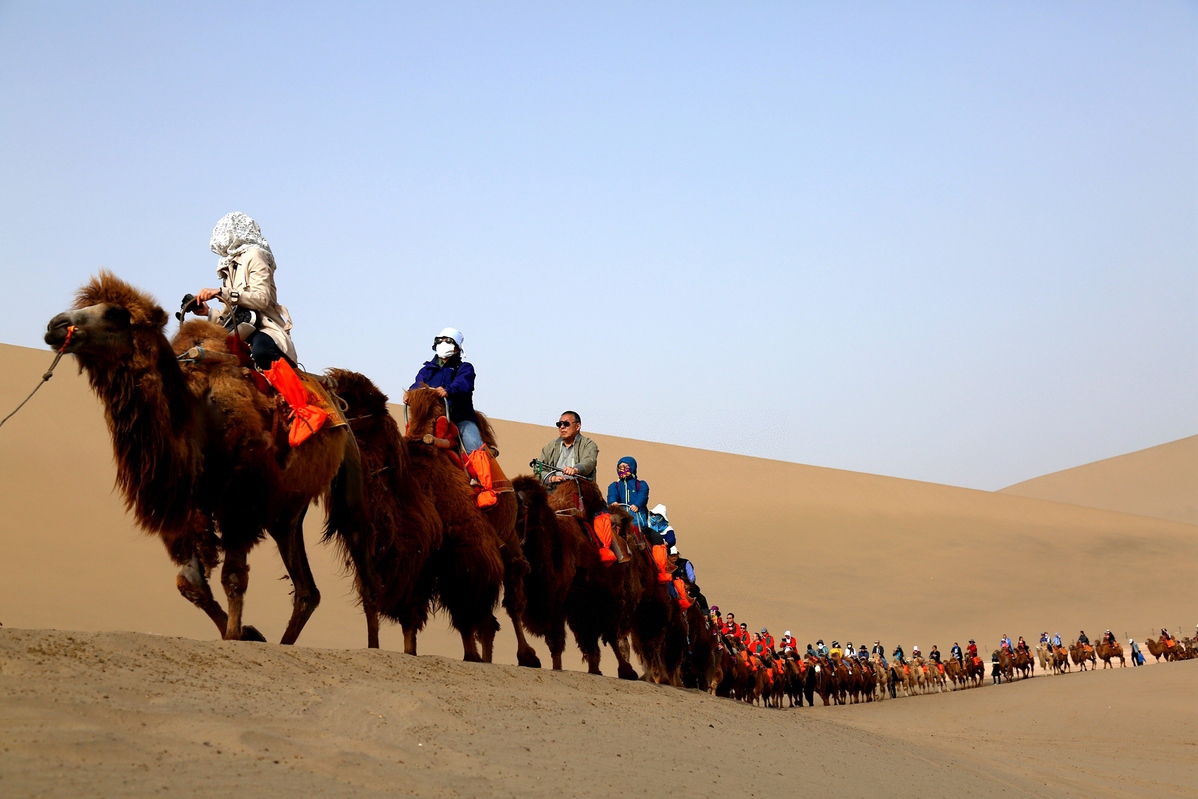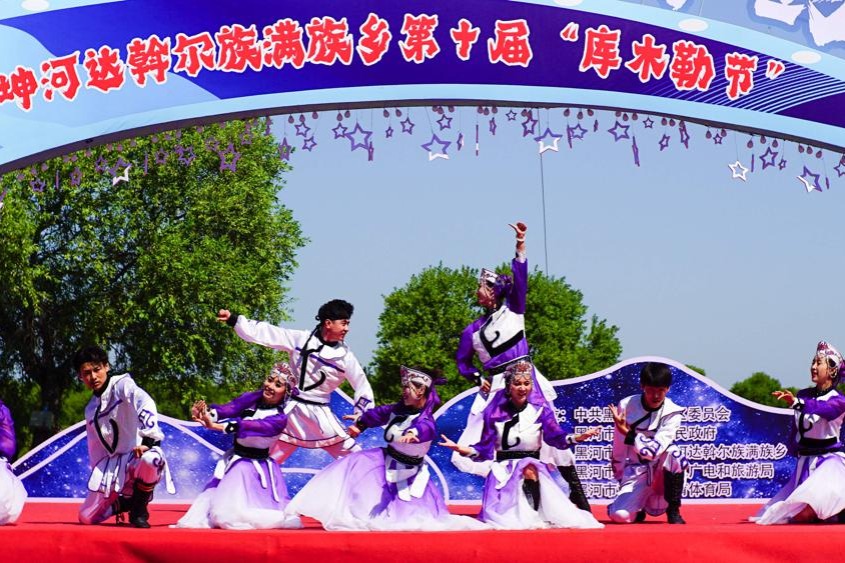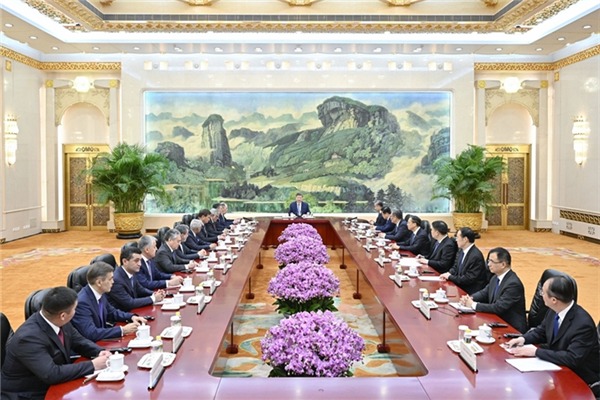Shifting sands bring change


Residents find opportunities in nearby dunes and other natural attractions
Renovated farmhouses line the main street of Dunhuang's Yueyaquan village, which is used on most days by residents to shuttle camels between their stables and the area comprising Mingsha Mountain and Crescent Moon Spring.
Locals have come to rely on the growing annual number of tourists drawn to the scenic spot, a 15-minute drive south of downtown Dunhuang in Gansu province.
The village, which is home to more than 1,000 residents, generated 60 million yuan ($8.7 million) in tourism revenue last year, up from just 300,000 yuan in 1990, according to official data.
The tourism industry accounts for more than 90 percent of local incomes, with residents making a living by offering camel rides, providing accommodations, running restaurants, selling handicrafts and souvenirs and other services.
Mingsha Mountain, or Singing Sands Mountain, is made up of windblown dunes, while Crescent Moon Spring is a desert oasis named for its shape.
Gao Mingshan, 60, a senior official for the town that administers the village, also called Yueyaquan, said 40 years ago, when the nation launched its reform and openingup policy, that no one was thinking about tourism.
"In the 1970s, residents were busy building shelter belts and transforming desert areas into farmland. The area was often stuck by raging sandstorms," he said. "But after 1978, when the private economy was encouraged nationwide, residents started to plant and sell agricultural products, like apricots and peaches. And the village's dirt roads were paved."
Ma Jianjun, 52, the village's Party secretary, said that as visitor numbers began to increase in the early 1980s, residents began keeping camels to offer sightseeing tours to the dunes.
"At first, villagers would roam the scenic area trying to persuade customers to ride their camels. This led to fierce competition," he said.
Today, Yueyaquan village has 1,300 camels. To ensure fair competition, a local camel association was established in 2005. Ma said residents receive a set amount for each camel, allowing them to invest more time in other revenue streams.
Demand for tourist accommodations also began rising rapidly in the early 2000s, which prompted many locals to invest the money they had made from camels into converting their farmhouses into inns.
"The village has more than 60 hostels with enough room for more than 6,000 guests in the summer," Ma said. "In the low season, we send people for training on how to manage a hostel."
Zhang Zhiying, 46, expanded her house and opened it as a hostel in 2013. She has updated the facilities and improved the services she offers several times since then, with the hope of reaching the standard of a downtown city hotel.
She said residents are busy during the peak tourist season, but after the National Day holiday in October, when business drops off, they usually take time off to travel.
As Yueyaquan is a suburban area of Dunhuang, residents in the past were assigned far less farmland per capita than if the village were classified as rural, said Zhang, who recalled that life was tough when most people worked the land for a living.
"My family used to grow apricots and cotton, earning just several thousand yuan a year," she said. Today, her family makes nearly 300,000 yuan a year from six camels and an 800-square-meter hostel.
Zhang said each camel eats about 50 kilograms of grass and cornstalks a day, which has also helped boost the income of farmers around Dunhuang.
To preserve the winds that create the shifting sands of Mingsha Mountain, villagers are banned from adding second floors to their homes or hostels.
"We rely on the area's unique geographical advantages to develop our tourism industry and become prosperous, so we're aware of the importance of protecting the mountains and the oasis," said Ma, who has concentrated on environmental protection and upgrading the village's basic infrastructure since becoming Party chief in 2014.
Yueyaquan village is one example of the burgeoning tourism industry across Dunhuang, which has many areas of natural beauty as well as abundant cultural heritage.
The city generated 9.28 billion yuan in tourism revenue last year, up from 4.5 million yuan in 1990, according to figures from the tourism bureau. Over the same period, the number of annual visitors has risen from about 33,000 to more than 9 million.
- Shanghai certifies 30 regional HQs of multinationals
- Shanghai plans extensive promotional of high-growth enterprises
- Hainan launches International Talent Club
- Nvidia founder and CEO Jensen Huang says he loves competition
- Evidence of inhuman atrocities
- New guideline aims to impart skills training to 30m people by 2027





































